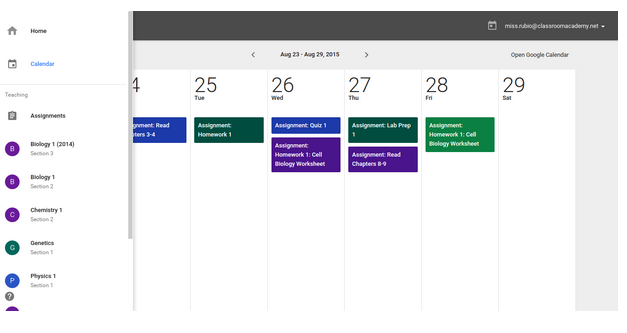Editor's note: We're celebrating this year's impressive 20 Google Science Fair finalist projects over 20 days in our Spotlight on a Young Scientist series. Learn more about each of these inspiring young people and hear what inspires them in their own words.
Name: Deepika Kurup
Home: New Hampshire, USA
Age Category: 16-18
Project title: Solar powered silver combating bacteria in drinking water
During her family summer visits to India, Deepika was troubled to see small children drinking polluted water from streams. She wondered how developing countries could best clean their water, and once returning to the U.S. tested different chemicals. She found that a solution mixed with silver and powered by the sun removed bacteria faster than current methods. With this finding, she hopes to provide cleaner drinking water to families in India and around the world.
What was the inspiration behind your project?
Every summer my family and I travel across the world to visit India. In America, I always had the privilege of having unlimited access to potable water; however, in India I saw children drink water that I felt was too dirty to touch. I wanted to find out why these people lacked access to safe water, a substance that’s essential for life. I learned that we’re facing a global water crisis. According to the World Health Organization, one-ninth of the global population lacks access to clean water. This unacceptable social injustice compelled me to find a solution to the world’s clean water problem.
When and why did you become interested in science?
I’ve always been curious about the world around me. When I was younger, I’d constantly ask my parents questions about how the world works, and their explanations were often rooted in scientific concepts. As I grew, I began to notice that science is truly everywhere. After hearing about scientific discoveries on the news and reading stories of famous scientists in the past, I realized that science has the power to lead us to revolutionary new discoveries that can change the world. This passion for science, combined with my interest in solving global challenges, is what sparked my interest in research.
What words of advice would you share with other young scientists?
I would strongly encourage other young scientists to continue to pursue their passions in science, technology, engineering and math. While scientific advancements are being made every day, our world still faces several grand challenges. We need young scientists to solve these grand challenges, as science has the power to help people find solutions to problems we never thought could be solved.
Name: Deepika Kurup
Home: New Hampshire, USA
Age Category: 16-18
Project title: Solar powered silver combating bacteria in drinking water
During her family summer visits to India, Deepika was troubled to see small children drinking polluted water from streams. She wondered how developing countries could best clean their water, and once returning to the U.S. tested different chemicals. She found that a solution mixed with silver and powered by the sun removed bacteria faster than current methods. With this finding, she hopes to provide cleaner drinking water to families in India and around the world.
What was the inspiration behind your project?
Every summer my family and I travel across the world to visit India. In America, I always had the privilege of having unlimited access to potable water; however, in India I saw children drink water that I felt was too dirty to touch. I wanted to find out why these people lacked access to safe water, a substance that’s essential for life. I learned that we’re facing a global water crisis. According to the World Health Organization, one-ninth of the global population lacks access to clean water. This unacceptable social injustice compelled me to find a solution to the world’s clean water problem.
When and why did you become interested in science?
I’ve always been curious about the world around me. When I was younger, I’d constantly ask my parents questions about how the world works, and their explanations were often rooted in scientific concepts. As I grew, I began to notice that science is truly everywhere. After hearing about scientific discoveries on the news and reading stories of famous scientists in the past, I realized that science has the power to lead us to revolutionary new discoveries that can change the world. This passion for science, combined with my interest in solving global challenges, is what sparked my interest in research.
What words of advice would you share with other young scientists?
I would strongly encourage other young scientists to continue to pursue their passions in science, technology, engineering and math. While scientific advancements are being made every day, our world still faces several grand challenges. We need young scientists to solve these grand challenges, as science has the power to help people find solutions to problems we never thought could be solved.




